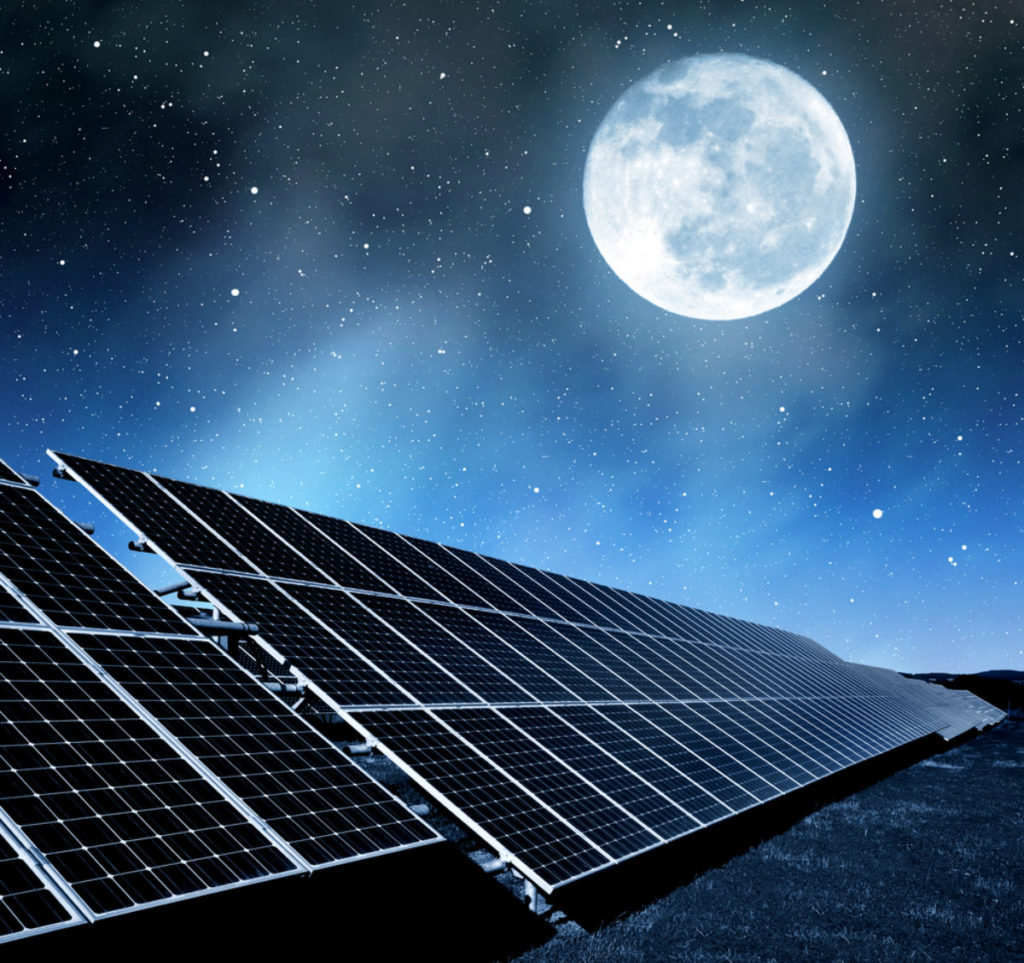Jeremy Munday, a professor in the electrical and computer engineering department of the University of California, Davis, recently appeared in the news for discovering a way to generate electricity from solar panels even after the sun has set. The professor and researcher have been working on a solar panel prototype which in its current phase of R&D can produce 50 watts of electricity per square meter, which is about a quarter of what traditional solar panels can generate during a bright sunny day.
How Does This Technology Work?
As per Professor Jeremy Munday, “A regular solar cell generates power by absorbing sunlight, which causes a voltage to appear across the device and for the current to flow. In these new devices, light is instead emitted and the current and voltage move in the opposite direction, but you still generate power. You have to use different materials, but the physics is the same.”
These solar panels are made of thermo-radiative cells to facilitate the process, as the heat required to run the process can be gathered from the leftover heat of industrial processes, as per Professor Munday.

What Does This Mean for the Future of Solar Energy?
If successful on a commercial scale, this newly discovered technology will mean that solar panels will become functional 24×7, which will enhance the benefits of solar. As of today, a consumer saves up to 80% on electricity bills by generating power during the day, and transmitting surplus energy generated back to the grid through net-metering and then drawing this energy back during the night.
source:https://www.itsmysun.com/solar-panels-which-can-generate-electricity-at-night/
